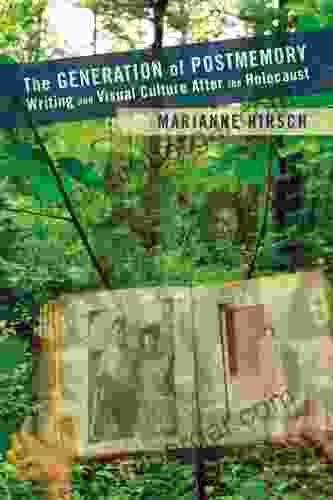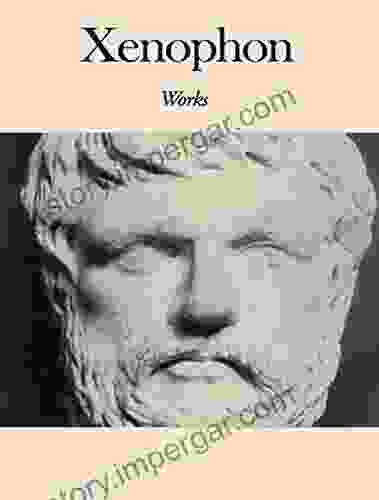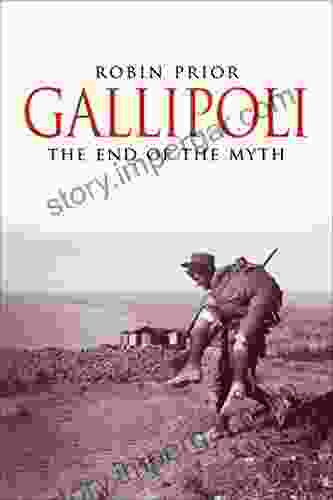Exploring the Generation of Postmemory: A Journey Through Time and Narrative

4.5 out of 5
| Language | : | English |
| File size | : | 4058 KB |
| Text-to-Speech | : | Enabled |
| Screen Reader | : | Supported |
| Enhanced typesetting | : | Enabled |
| Word Wise | : | Enabled |
| Print length | : | 320 pages |
: The Echoes of the Past
Postmemory is a fascinating concept that explores how the stories of the past continue to shape our present experiences. It describes the memories and emotions that are passed down from one generation to another, even when those memories are not our own.
The generation of postmemory is particularly relevant to those who have been affected by historical trauma, such as the Holocaust. These individuals may not have experienced the trauma firsthand, but they carry the weight of their elders' experiences in their own lives.

Personal Narratives: Bridging the Generational Divide
One of the most powerful ways to understand postmemory is through personal narratives. These stories allow us to connect with the experiences of those who have come before us, even if we did not live through them ourselves.
In her memoir, "The Holocaust and Me," author and Holocaust survivor Marion Kaplan shares her experiences of growing up in the shadow of the Holocaust. She recounts the stories that her parents told her about their lives before the war, and how those stories shaped her own understanding of her identity.
Another powerful example of a personal narrative is Art Spiegelman's graphic novel, "Maus." Spiegelman tells the story of his father's experiences during the Holocaust using anthropomorphic animals. This unique approach allows readers to connect with the story on a personal level, while also understanding the historical context of the Holocaust.

Historical Fiction: Exploring the Past Through the Lens of the Present
Historical fiction can also provide valuable insights into postmemory. These novels allow authors to explore the past from different perspectives, and to imagine the experiences of those who came before them.
In her novel, "The Nightingale," author Kristin Hannah tells the story of two sisters in Nazi-occupied France. The novel follows the sisters as they struggle to survive and protect their family. Through Hannah's vivid storytelling, readers are able to connect with the sisters' experiences on a personal level, while also learning about the historical events of the Holocaust.
Another example of historical fiction is "The Orphan Master's Son" by Adam Johnson. The novel tells the story of a North Korean orphan who is adopted by an American family. The novel explores the themes of identity, family, and political oppression, and sheds light on the experiences of North Korean refugees.

Cultural Memory: Shaping Our Collective Identity
Postmemory also plays a role in shaping our cultural memory. The stories and experiences of the past are passed down through generations, and they help to form our collective understanding of who we are.
For example, the stories of the Holocaust have been passed down through generations of Jewish people. These stories have helped to shape Jewish identity and to create a sense of community among Jewish people around the world.
Similarly, the stories of the Civil War have been passed down through generations of Americans. These stories have helped to shape American identity and to create a sense of national unity.
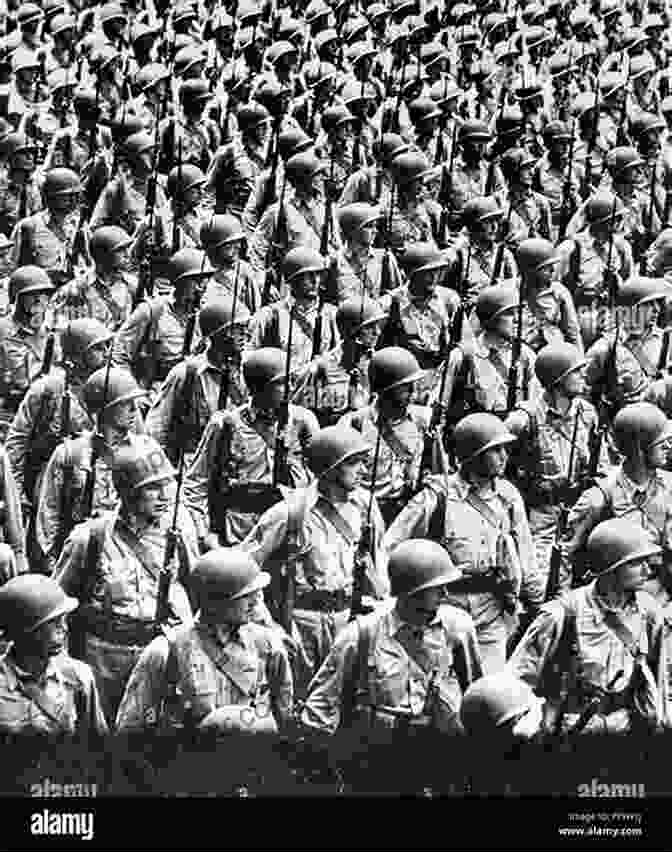
Identity Formation: Exploring Our Roots and Connections
Postmemory can also play a role in identity formation. The stories and experiences of our ancestors can help us to understand who we are and where we come from.
For example, a child of Holocaust survivors may feel a sense of connection to the Holocaust, even though they did not experience it themselves. This connection can shape their identity and their understanding of the world.
Similarly, a child of immigrants may feel a sense of connection to their parents
4.5 out of 5
| Language | : | English |
| File size | : | 4058 KB |
| Text-to-Speech | : | Enabled |
| Screen Reader | : | Supported |
| Enhanced typesetting | : | Enabled |
| Word Wise | : | Enabled |
| Print length | : | 320 pages |
Do you want to contribute by writing guest posts on this blog?
Please contact us and send us a resume of previous articles that you have written.
 Book
Book Novel
Novel Page
Page Chapter
Chapter Text
Text Story
Story Genre
Genre Reader
Reader Library
Library Paperback
Paperback E-book
E-book Magazine
Magazine Newspaper
Newspaper Paragraph
Paragraph Sentence
Sentence Bookmark
Bookmark Shelf
Shelf Glossary
Glossary Bibliography
Bibliography Foreword
Foreword Preface
Preface Synopsis
Synopsis Annotation
Annotation Footnote
Footnote Manuscript
Manuscript Scroll
Scroll Codex
Codex Tome
Tome Bestseller
Bestseller Classics
Classics Library card
Library card Narrative
Narrative Biography
Biography Autobiography
Autobiography Memoir
Memoir Reference
Reference Encyclopedia
Encyclopedia Patty Blue Hayes
Patty Blue Hayes Mark Jacobson
Mark Jacobson Peter Lopez
Peter Lopez Martin Crosbie
Martin Crosbie Pieter Walstra
Pieter Walstra Wendy Suzuki
Wendy Suzuki Marshall Hall
Marshall Hall Yaya Han
Yaya Han Nazmul Akunjee
Nazmul Akunjee Ron Johnson
Ron Johnson William Szary
William Szary Michael Morley
Michael Morley Matthew Thompson
Matthew Thompson Mathilde Monaque
Mathilde Monaque Matt Zeigler
Matt Zeigler Mary Maddocks
Mary Maddocks Marvin Harris
Marvin Harris Margaret Macmillan
Margaret Macmillan Rhodri Jeffreys Jones
Rhodri Jeffreys Jones Matthew J Flynn
Matthew J Flynn
Light bulbAdvertise smarter! Our strategic ad space ensures maximum exposure. Reserve your spot today!
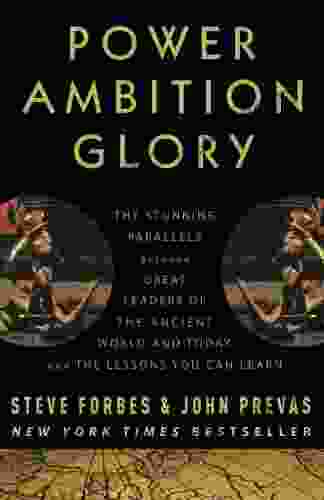
 Julio Ramón RibeyroThe Stunning Parallels Between Great Leaders Of The Ancient World And Today
Julio Ramón RibeyroThe Stunning Parallels Between Great Leaders Of The Ancient World And Today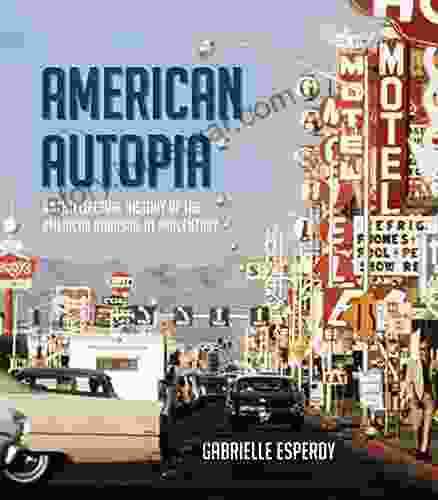
 Vince HayesAn Intellectual History of the American Roadside at Midcentury: Unveiling the...
Vince HayesAn Intellectual History of the American Roadside at Midcentury: Unveiling the...
 Ibrahim BlairUnlocking the Secrets to a Meaningful Life: A Journey Through "Leading Normal...
Ibrahim BlairUnlocking the Secrets to a Meaningful Life: A Journey Through "Leading Normal... Joseph FosterFollow ·16k
Joseph FosterFollow ·16k Ed CooperFollow ·14k
Ed CooperFollow ·14k Bo CoxFollow ·11.4k
Bo CoxFollow ·11.4k Grayson BellFollow ·2.4k
Grayson BellFollow ·2.4k Max TurnerFollow ·13.8k
Max TurnerFollow ·13.8k John MiltonFollow ·14.5k
John MiltonFollow ·14.5k Dustin RichardsonFollow ·19.3k
Dustin RichardsonFollow ·19.3k Gustavo CoxFollow ·16.1k
Gustavo CoxFollow ·16.1k
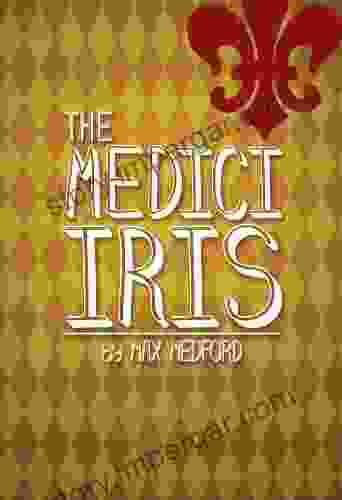
 Roberto Bolaño
Roberto BolañoUnveiling the Beauty and History of the Medici Iris: A...
In the realm of...

 Theodore Mitchell
Theodore MitchellImproving Gut Health in Poultry: Unlocking the Path to...
In the ever-evolving field of...

 Victor Hugo
Victor HugoPersonalized Medicine with a Nanochemistry Twist:...
The future of healthcare...
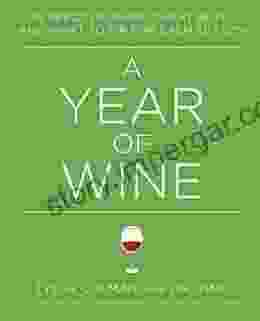
 George Martin
George MartinA Year Of Wine: Perfect Pairings Great Buys And What To...
## Year of Wine: An Epic Journey Through the...
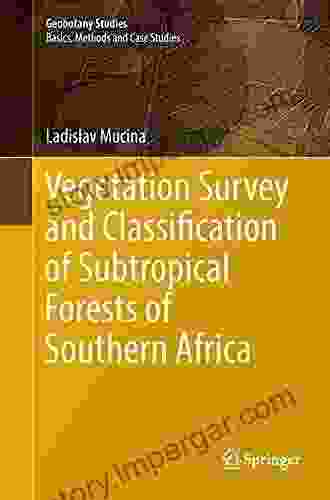
 Tom Hayes
Tom HayesDelve into the Enigmatic World of Southern Africa's...
Embark on a captivating journey through the...
4.5 out of 5
| Language | : | English |
| File size | : | 4058 KB |
| Text-to-Speech | : | Enabled |
| Screen Reader | : | Supported |
| Enhanced typesetting | : | Enabled |
| Word Wise | : | Enabled |
| Print length | : | 320 pages |


